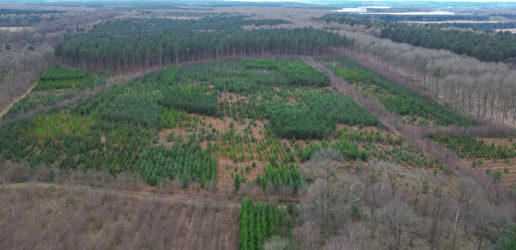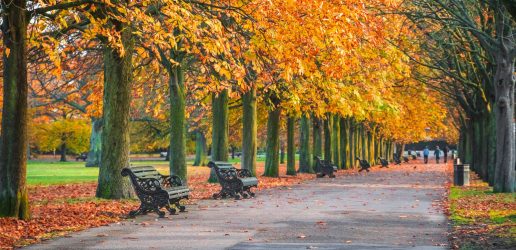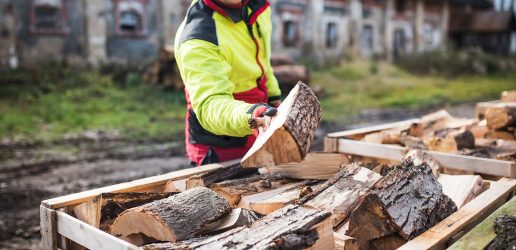Imagine being able to guarantee that a given tree seed would produce a tree that grows tall, straight and strong. Understanding the traits of its DNA in advance can help us achieve just that. A new paper published in Tree Genetics and Genomes reveals how our researchers have made a pioneering step in establishing the first DNA markers linked to Sitka spruce tree characteristics.
Forest Research’s tree breeders have joined forces with animal breeders from the Roslin Institute to employ some techniques commonly used with animals such as salmon and cattle, but previously new to tree research.
With co-funding from the Forestry Commission and EU Contract NOVELTREE, the scientists identified certain DNA markers that represent specific traits. Using this information, they were able to predict the height of trees at six years old with around 60% accuracy and also which trees would break bud first.
The study investigated just 1,500 closely related trees growing on a uniform site in one forest in SW England, but nonetheless the work is an important first step in the new science of genomic selection.
Steve Lee, Head of Tree Breeding at Forest Research, explains:
“This sort of technology is operational in animal breeding where bulls are selected merely on the characteristics of their DNA. Generation intervals have been shortened, and genetic gain increased substantially. We are less advanced with trees due to the massive size of the genomes involved and the huge amount of genetic diversity which actually works against us on this occasion. But this new study demonstrates that the technology can be made to work. As knowledge in this area increases and the cost of sequencing continues to fall, I’m sure we’re going to hear more of this sort of work which can revolutionise tree breeding.”
What’s of interest
Final Report Summary – NOVELTREE (Novel tree breeding strategies)
Recent News
View All news
Seventeen coniferous tree species show early promise for future commercial timber production in the UK
Researchers have set up a network of nine large scale experiments across the UK to test the suitability of 17 tree species as potential alternatives for future commercial timber production.
Forest Research are looking for people involved in the harvesting, processing, transport, import, or trade of firewood in Scotland to complete an important survey.

New guide to help local authorities conduct a people survey on the social value of their treescapes
A new step-by-step guide to help local authorities, charities and civic societies carry out a people survey to understand social and cultural values related to trees in their area, is now available.

Seventeen coniferous tree species show early promise for future commercial timber production in the UK
Researchers have set up a network of nine large scale experiments across the UK to test the suitability of 17 tree species as potential alternatives for future commercial timber production.
Forest Research are looking for people involved in the harvesting, processing, transport, import, or trade of firewood in Scotland to complete an important survey.

New guide to help local authorities conduct a people survey on the social value of their treescapes
A new step-by-step guide to help local authorities, charities and civic societies carry out a people survey to understand social and cultural values related to trees in their area, is now available.

